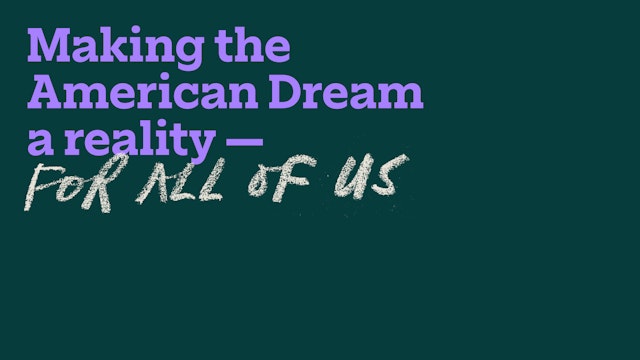
By focusing on finding common ground instead of battling over our differences, the organization has made great strides in its three primary areas of focus: criminal justice reform, the green economy, and equity in the tech sector.

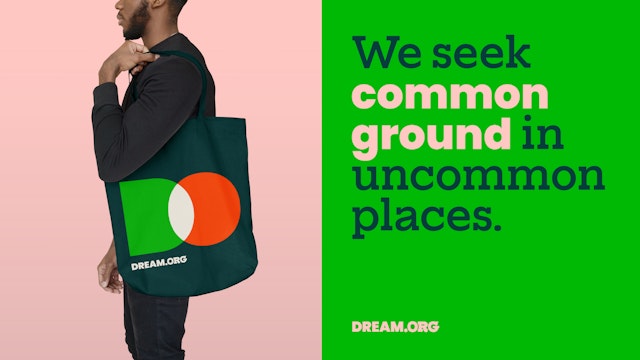

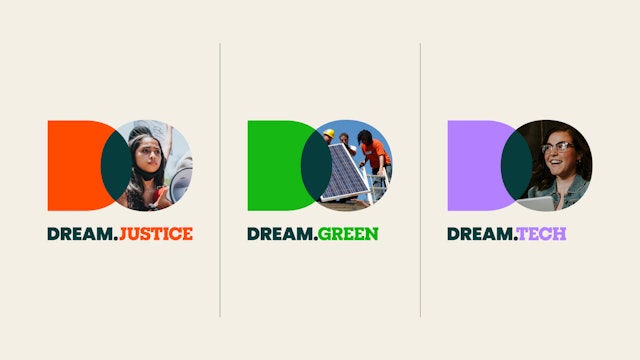
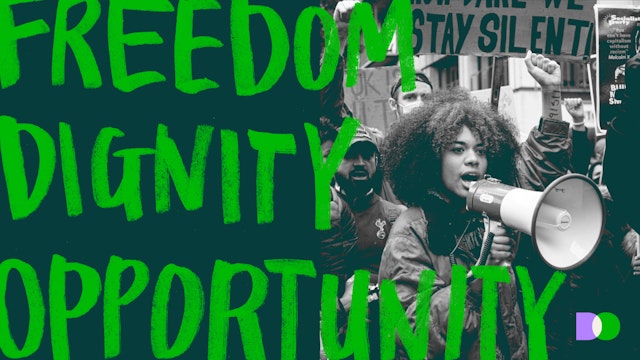

The cornerstone of this strategic language was the idea of “Imperfect Union,” which expresses the belief that progress is more important than perfection.
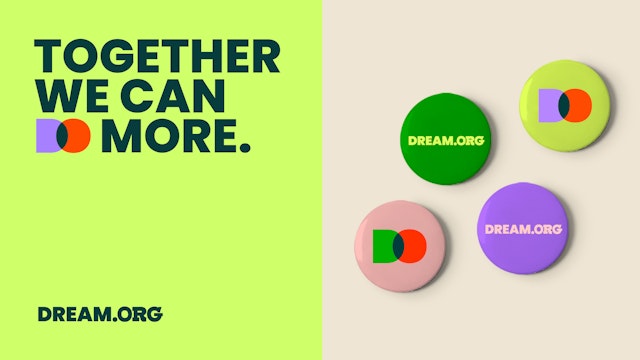
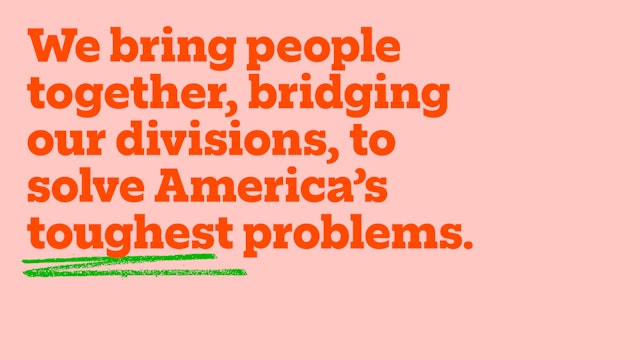
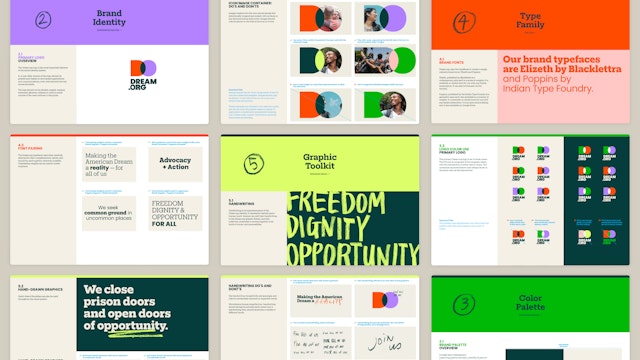
“We the people, in order to form a more perfect union…” With these words, the United States Constitution set forth a bold aspiration: the idea that political discourse could lead the way toward greater unity.
The road between then and now has been fraught with both progress and regress. But looking at today’s landscape of increasing tribalism and polarization, most would agree unity remains a dream unfulfilled.
Since 2015, Dream.org (formerly Dream Corps) has been working tirelessly to change this. Founded by activist and commentator Van Jones, the organization embodies and expands the idea of “reaching across the aisle,” taking the radical approach of being willing to work with anyone to solve America’s toughest problems. By focusing on finding common ground instead of battling over our differences, the organization has made great strides in its three primary areas of focus: criminal justice reform, the green economy, and equity in the tech sector.
The Challenge
Despite these successes—or perhaps because of them—Dream.org’s external presence had developed into a “house of brands,” with messaging mostly siloed into those three key initiatives. They were ready to develop a more cohesive and elevated “branded house” story that could help them build on their successes and expand their sphere of influence. Dream.org approached Pentagram to help craft that story, clarify their strategic goals, and reinvent their visual identity to capture a broader audience.
The Solution
Pentagram began by establishing that Dream.org needed to shift the focus of its messaging from the “what”—its three focus areas—to the “how and why”—a philosophy of love and inclusion that strives for greater unity. Working closely with the Dream.org team, Pentagram developed a whole new language around their mission, vision, values, voice, positioning, and brand architecture, giving the organization a new toolkit for talking about what makes them different.
The cornerstone of this strategic language was the idea of “Imperfect Union,” which expresses the belief that progress is more important than perfection, and our differences needn’t sow division but can spark solidarity.
Pentagram then created a new monogram and wordmark that visualize these ideas. A “D” and “O” (for Dream and Org) overlap and intersect, highlighting the company’s mission of bringing people together. The wordmark hints at this as well—it is composed of both a sans and a serif typeface. When icon and wordmark are paired together, the wordmark is always set in the same color as the intersection in the icon, suggesting that Dream.org is always the bridge or connector between two things. The monogram also spells “DO,” capturing their action-oriented approach.
The color palette is composed of one color for each of the brand’s 3 subdivisions—Dream.Justice, Dream.Green, and Dream.Tech—plus a set of neutrals and a pair of bright, optimistic neons.
The type family consists of a slab serif: Elizeth by Blackletra; and a sans: Poppins by ITF. The two are paired together throughout the identity to create contrast and emphasis and reinforce the notion of creating unity despite our differences.
Finally, Pentagram introduced handwriting and hand-drawn flourishes to add a touch of human warmth and imperfection. These elements further underscore the idea that real people are the ones who make progress possible and bring us closer to the dream of America becoming a reality for all.
Office
- New York
Partner
Project team
- Mira Khandpur
- Greg Morrison
- Katherine Killeffer
- Beatriz Congar
- Mira Steinzor
Collaborators
- Roxanne Fequiere, strategy
